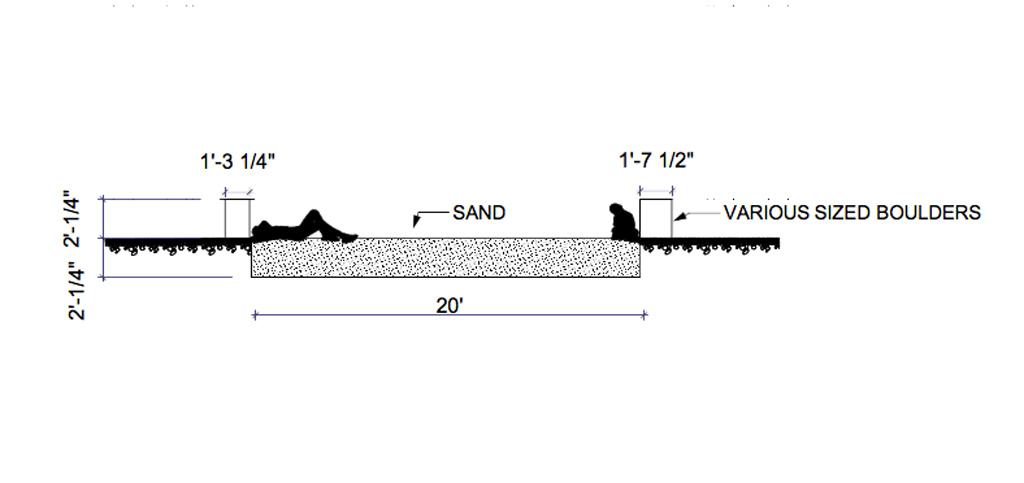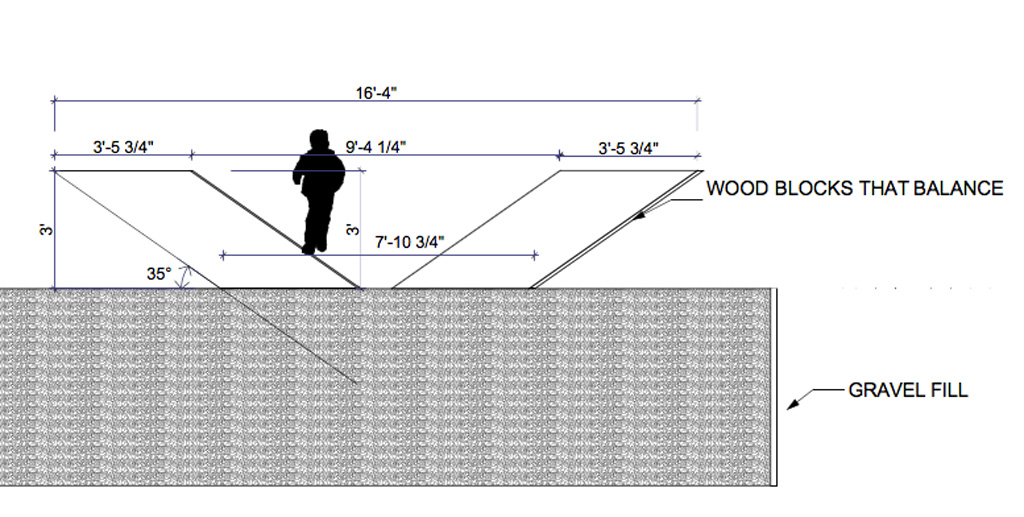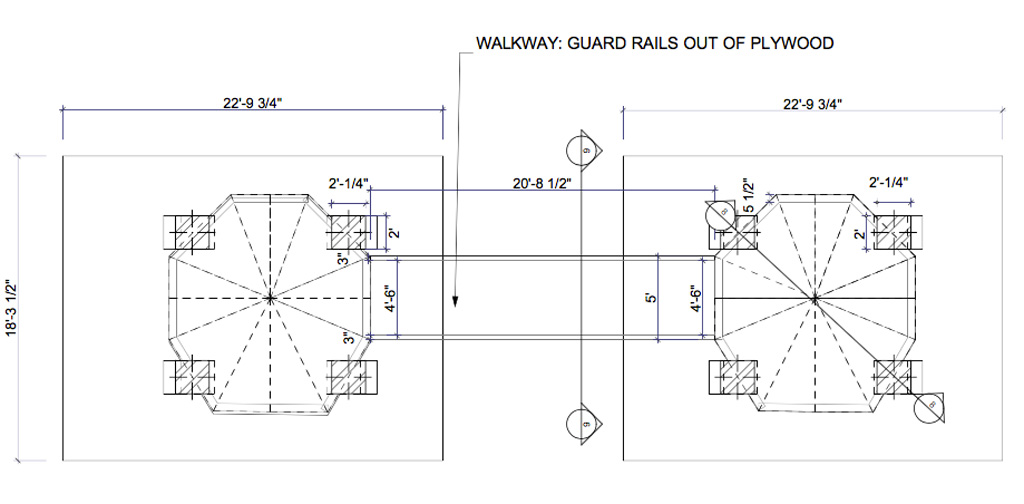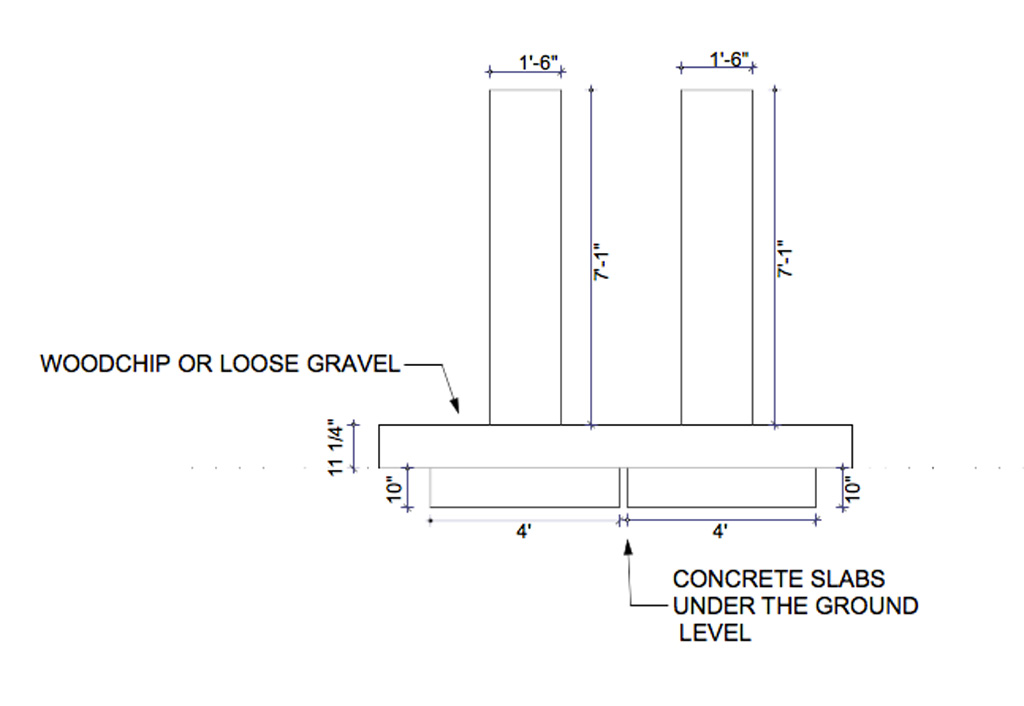Editor’s note: From a simply educational point of view, high school senior projects provide an opportunity for students to apply skills and knowledge they have acquired over four years to achieve a specific goal. Perhaps more important, though, is the fact that they often inspire students to pursue their true passions, some they may not have known they had before embarking on a senior project.
In a series of articles, we present excerpts from some outstanding projects of the 2017 graduating class.
High school: The Sage School
Post Graduate Plans: Westminster College, Salt Lake City, Utah
Project Title: Play and It’s Importance in Adolescence
Play, according to the Merriam-Webster Dictionary, is to engage in activity for enjoyment and recreation rather than a serious or practical purpose. This definition, I believe, is a partial definition and incomplete. Play is a complex structure that has been studied by anthropologists, psychologists, biologists, and philosophers and it has been observed throughout the natural world. Play is essential to be fully human; however, its recent decline is a potential threat to our health and hinders our engagement to learning.
I believe I have been connected to being playful with the world around me since the moment I was born. I have experienced the joy of simply being outside and all that it has given me. When I was in school, I began to feel my days become longer and more suppressed. I noticed I was enjoying school and life a lot less than I had earlier on in my life. First, I blamed it on the people, then on too much school work, and then I decided to remove myself entirely from that environment. At this point, I still hadn’t realized that play was what was lacking and making me feel that way.
I decided to transfer to The Sage School, and on the first day we went for a walk to the river. It was a wonderful way to ease everyone’s first-day nerves and connect the group. Then right after lunch we went outside for “wellness”—it is a way to forget the daily struggles inside the classroom, release energy, and come back lighter than before. We played all sorts of games: tag, football, kickball, dodgeball, and a few games that were invented by Sage students. I noticed that not everyone was joining in and not everybody was enjoying it. I then began to imagine a playground at The Sage School, because we didn’t have one. This idea grabbed me, and I wanted to pursue the research. So many interesting ideas had come up, but the one that intrigued me the most was how everyone can associate with one or more “play types.” For example, the kinesthete is someone who has to move to be able to think; he or she focuses best when playing with a soccer ball or when on a run. For the kinesthete I designed an obstacle from American Ninja Warrior called the salmon ladder. It allows kids to hop up and down using their arms and core, distracting the body so the brain can think clearly. Once I knew the general idea of who I was building for, I worked with Chip McGuire and M.O.D.E. LLC design studios, to create the rough architecture plans for these play spaces—each space will serve a play type. 2
The Explorer
“Exploring can be physical—literally, going to new places. Alternatively, it can be emotional—searching for a new feeling or deepening of the familiar, through music, movement, or flirtation. It can be mental—researching a new subject or discovering new experiences and points of view while remaining in [an] armchair” (Brown 67).

The mental explorers can sit an area and search their mind for a piece of something. Mindfulness is considered a mental exercise for the explorer and that is why I designed the sand pit that is to be quiet and only to be used for a peaceful setting.
The Competitor
“The competitor is a person who breaks through into the euphoria and creativity of play by enjoying a competitive game with specific rules, and enjoys playing to win” (Brown 67).

They play to win and have a natural urge to be the best. I designed a Ninja Warrior-type course where people can compete for course times. It is meant to challenge the body and the mind.
The Director
“Directors enjoy planning and executing scenes and events. Though many are unconscious of their motives and style of operating, they love the power, even when they’re playing” (Brown 68).
The Storyteller
“Storytellers are, of course, novelists, playwrights, cartoonists, and screenwriters, but they are also those who enjoy reading those novels and watching those movies, people who make themselves part of the story” (Brown 70).

I designed a fort that can become a castle, a fortress, a starship, a plane, or really whatever the players and directors can come up with in their minds.
The Joker
“A joker’s play always revolves around some kind of nonsense” (Brown 66).

The joker can find creative ways to get across the spider wall. They can get across upside down, on just with their hands or using their bottoms and feet to do a crab-like crawl across the plain.


